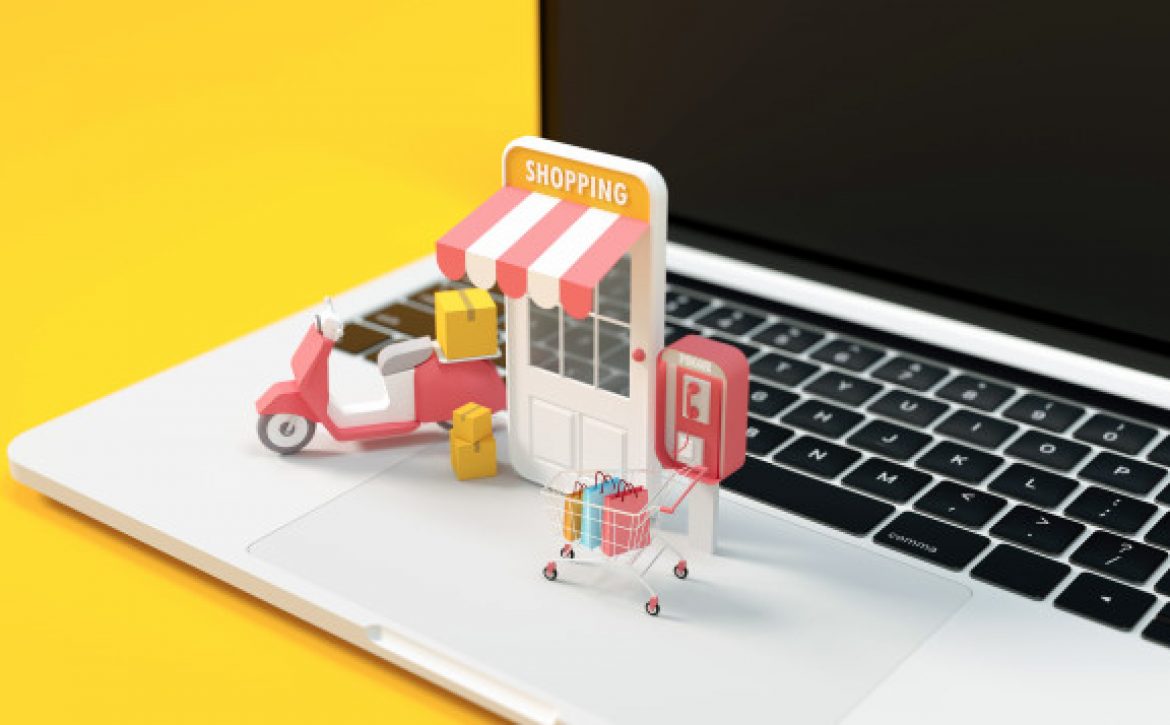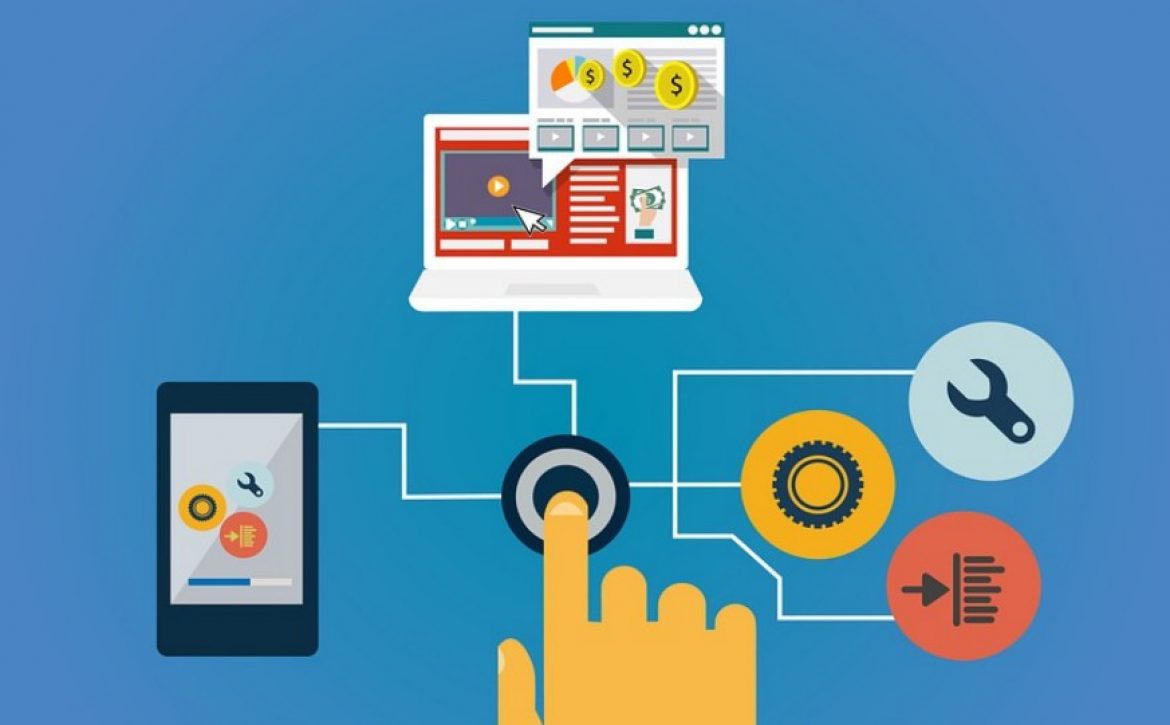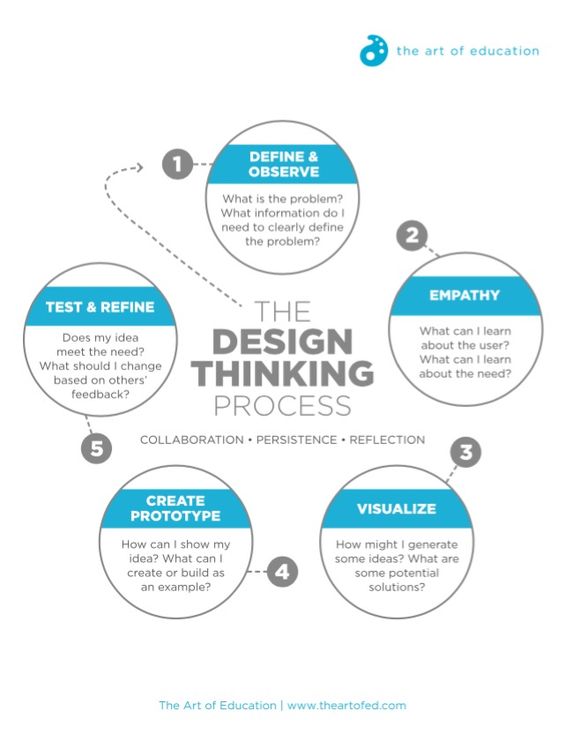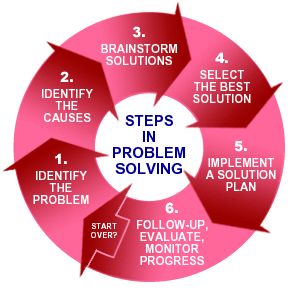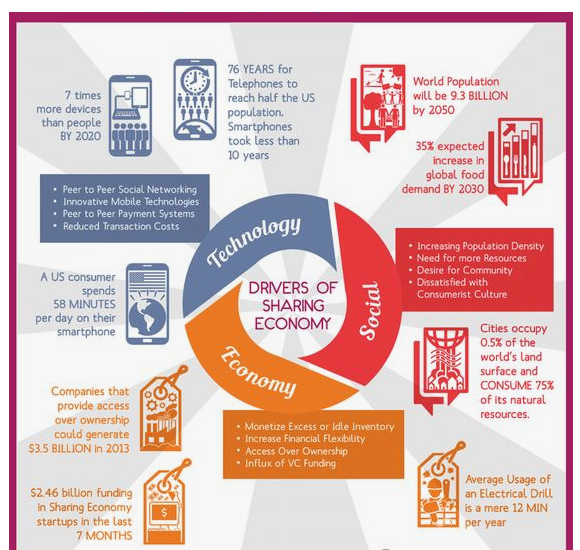The Impact of AI and Machine Learning on Mobile Apps
Introduction
AI and Machine Learning in Mobile Apps are , making applications smarter, more personalized, and highly efficient. With AI-driven mobile applications, businesses can enhance user experience, improve engagement, and drive conversions. GoodWorkLabs, a leader in AI-driven software solutions, is pioneering the integration of these technologies into mobile apps, delivering cutting-edge experiences.
In this blog, we will explore how AI and ML are revolutionizing mobile applications, their benefits, real-world applications, and how businesses can leverage these technologies for growth.
The Role of AI and Machine Learning in Mobile Apps
AI and ML have become integral to mobile app development, enhancing various aspects such as personalization, security, automation, and predictive analytics. Here are some key areas where these technologies are making a significant impact:
1. Personalization and User Experience
- AI-powered algorithms analyze user behavior, preferences, and interactions to deliver personalized content and recommendations.
- Streaming services like Netflix and Spotify use AI-driven recommendations to enhance user engagement.
- GoodWorkLabs leverages AI to create mobile apps that provide real-time, adaptive experiences tailored to individual users.
2. Voice Assistants and Chatbots
- Virtual assistants like Siri, Google Assistant, and Alexa rely on AI and ML to understand and process natural language queries.
- AI-driven chatbots enhance customer service by providing instant responses and automated solutions.
- GoodWorkLabs integrates AI-powered virtual assistants into mobile applications to streamline user interactions.
3. Predictive Analytics for Smarter Decision-Making
- AI-powered mobile apps analyze user data to predict future behavior and offer proactive recommendations.
- E-commerce apps use predictive analytics to suggest products based on browsing history and past purchases.
- GoodWorkLabs develops intelligent mobile applications that leverage AI for business intelligence and decision-making.
4. Enhanced Security and Fraud Detection
- AI-driven biometric authentication, such as facial recognition and fingerprint scanning, enhances security.
- Banking apps use AI-powered fraud detection systems to identify suspicious activities and prevent financial crimes.
- GoodWorkLabs implements AI-based security measures to ensure safe and secure mobile app experiences.
5. AI-Powered Image and Speech Recognition
- AI-powered image recognition enables applications like Google Lens to identify objects and translate text in real-time.
- Speech recognition technology powers voice search, voice commands, and automated transcription services.
- GoodWorkLabs integrates AI-based image and speech recognition into mobile apps to enhance accessibility and functionality.
How AI and ML Benefit Mobile App Development
1. Improved User Engagement and Retention
- AI-driven recommendations and personalized experiences increase user satisfaction and loyalty.
- GoodWorkLabs implements AI-based personalization to create mobile apps that keep users engaged.
2. Faster and More Efficient App Development
- AI automates repetitive tasks, such as bug detection, code generation, and testing, reducing development time.
- GoodWorkLabs utilizes AI-powered development tools to build high-quality mobile apps faster.
3. Cost-Effective Business Solutions
- AI-driven automation reduces operational costs and enhances productivity.
- Businesses leveraging AI-powered mobile apps can streamline processes and increase efficiency.
4. Competitive Advantage in the Market
- AI-enabled mobile apps offer innovative features that attract more users.
- GoodWorkLabs helps businesses stay ahead of the competition by integrating AI and Machine Learning in Mobile Apps
Real-World Applications of AI and ML in Mobile Apps
1. AI in Healthcare Apps
- AI-powered diagnostic apps assist doctors in analyzing medical images and identifying diseases.
- GoodWorkLabs develops AI-driven healthcare solutions for real-time monitoring and early disease detection.
2. AI in E-Commerce Apps
- AI enhances online shopping experiences with personalized recommendations and visual search.
- GoodWorkLabs integrates AI-powered search and recommendation engines in e-commerce apps to drive conversions.
3. AI in FinTech Apps
- AI-driven chatbots and fraud detection systems improve financial security and customer service.
- GoodWorkLabs builds AI-based FinTech solutions to enhance digital banking experiences.
4. AI in Travel and Hospitality Apps
- AI-driven travel apps provide personalized itineraries, hotel recommendations, and chatbot assistance.
- GoodWorkLabs creates smart travel applications that offer AI-powered suggestions for seamless experiences.
How GoodWorkLabs Leads the AI-Driven Mobile App Revolution
GoodWorkLabs specializes in AI and ML-driven mobile app development, helping businesses integrate intelligent solutions to enhance user experiences. With expertise in AI-powered personalization, security, predictive analytics, and automation, GoodWorkLabs ensures that clients receive high-performance mobile applications tailored to their needs.
Why Choose GoodWorkLabs for AI-Powered Mobile App Development?
- Expertise in AI and ML technologies
- Cutting-edge mobile app development strategies
- Seamless integration of AI-powered features
- Custom solutions tailored to business goals
Conclusion
AI and ML are transforming the mobile app industry by offering smarter, more personalized, and secure applications. Businesses that leverage these technologies gain a competitive edge, improved user engagement, and cost-effective solutions. GoodWorkLabs, with its expertise in AI-powered mobile app development, helps businesses unlock the full potential of AI and ML to create innovative, future-ready applications
Get Started with AI-Powered Mobile Apps Today!
Contact GoodWorkLabs to discuss how AI can enhance your mobile application!









